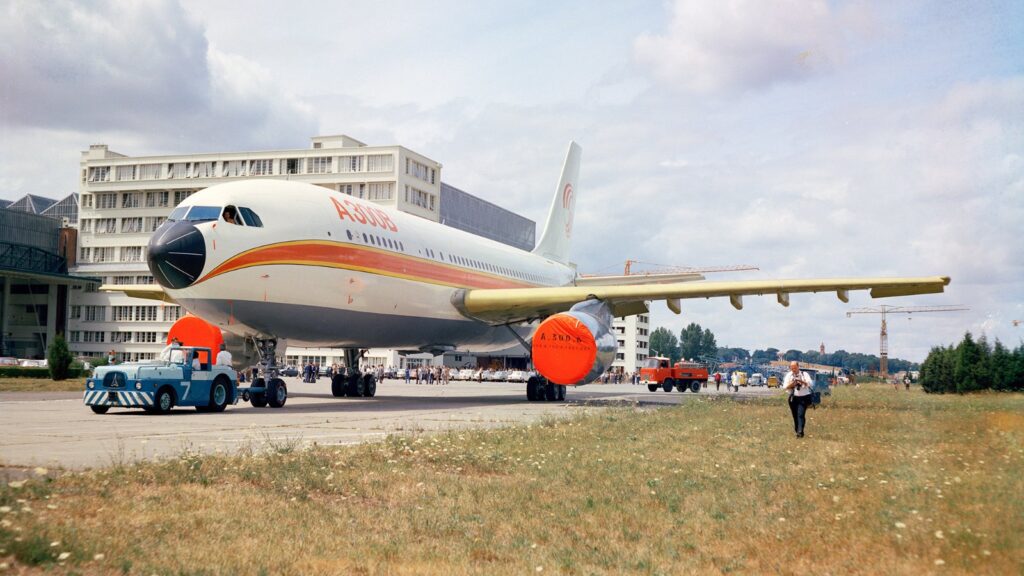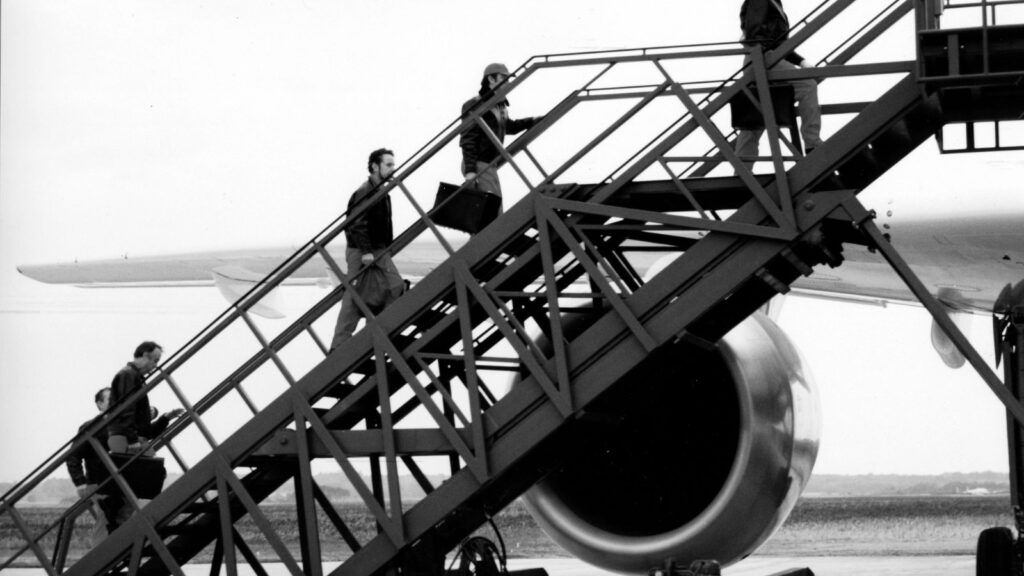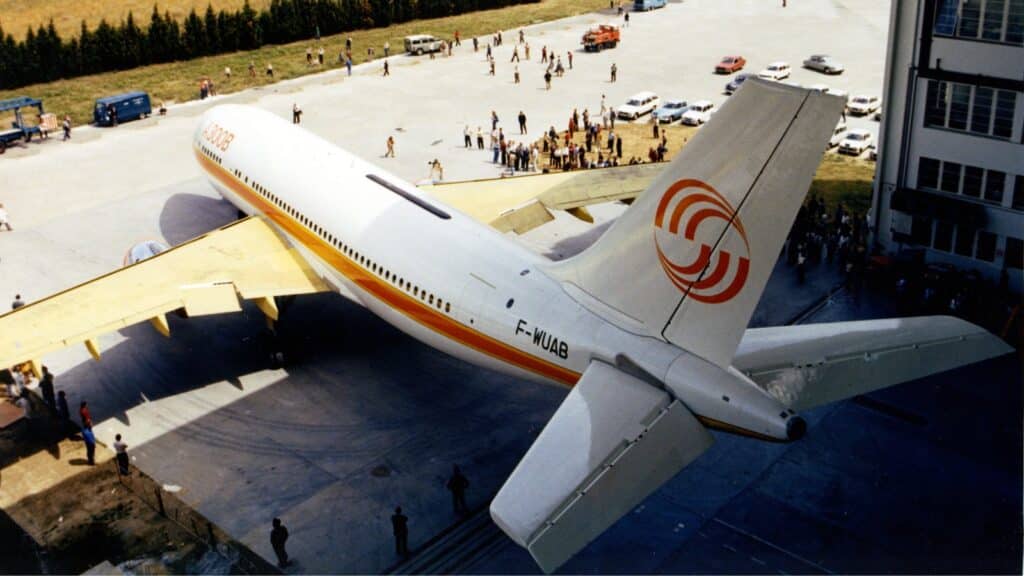Aerospace
10 facts about the Airbus First A300B Aircraft.
Airbus celebrates the launch of its first A300 aircraft. The maiden flight of the #A300 occurred on this day, 50 years ago.
#Airbus #A300B #Airbusaircraft #A330 #A300beluga
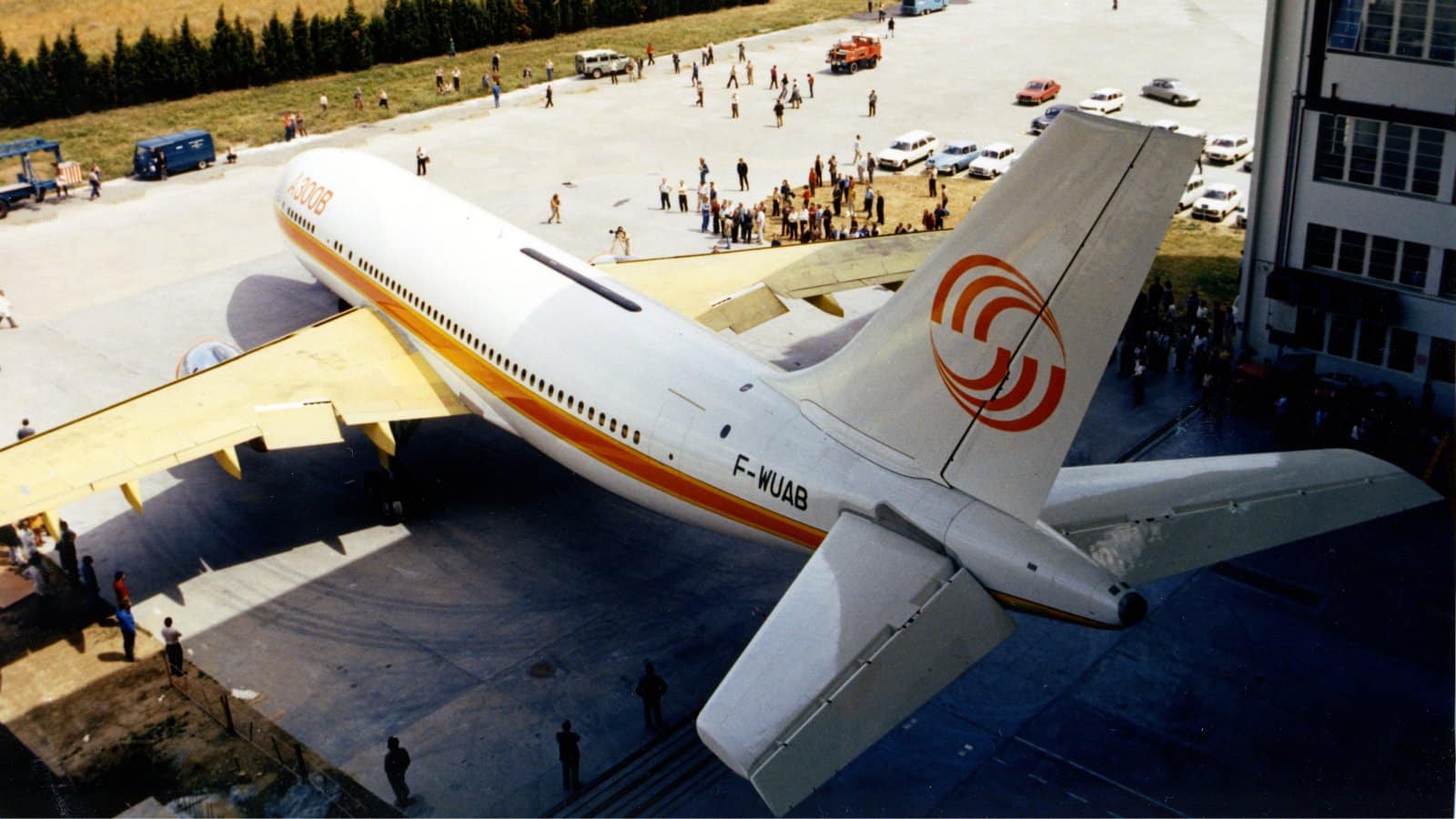
Obtaining success is not an easy challenge. Most of the time, the corporation faces financial and political difficulties. Airbus is celebrating the 50th anniversary of the Airbus A300B aircraft. The Airbus journey was truly remarkable, and many have stated that it is one of the top aerospace companies in the world. The aircraft program served as a fundamental backbone for wide-body aircraft as well as the structural framework for later versions of the aircraft. The A300B aircraft is also used to construct the A330 and A340 frameworks, as well as the Beluga Aircraft, which is based on the same framework but has been modified to transport larger aircraft.
From the design phase through the final production, Airbus faced numerous challenges, but it eventually achieved its goal. This article will go over some astonishing facts regarding the Airbus First A300B airplane.
EXPLORER design study opens up new themed worlds for VIP cabins(Opens in a new browser tab)
1. World’s first twin-engined widebody commercial aircraft
The world’s first twin-engined widebody commercial aircraft, the A300B1 development aircraft, MSN 1, with the registration F-WUAB, took to the skies on October 28, 1972, at Toulouse. The flight lasted 1 hour and 25 minutes, with a top speed of 185kt (342.6Kmh) at a height of 14,000ft (4,300m). The autopilot was activated, moving surfaces were tested, and the landing gear was retracted and deployed. The test flight crew included Captain Max Fischl, First Officer Bernard Ziegler, Flight Test Engineers Pierre Caneil and Gunter Scherer, and Romeo Zinzoni in the cockpit as Test Flight Engineer/Mechanic.
Why Are Most Airplane Seats Blue?(Opens in a new browser tab)
2. Why does every Airbus aircraft start with a 300?
By 1966, the studies had evolved into a collaborative European project, with the French government naming Sud-Aviation as its partner, while Deutsche Airbus and Hawker Siddeley represented Germany and the United Kingdom, respectively. Initially, it was planned to create airplanes with 270 to 300 aircraft seats. That is what Airbus has named their A300 aircraft.
Airbus Beluga delivers Airbus satellite to Kennedy Space Center(Opens in a new browser tab)
3. Due to its size, Airbus faces difficulties with engine development.
International phase Rolls Royce was the first engine power choice for the A300 aircraft. However, due to uncertain commercial prospects and since Rolls-Royce, the “official” UK partner in the Airbus venture, decided to focus its efforts on the development of a less powerful engine, the UK government decided to withdraw from the program in April 1969. As a result, the General Electric CF6-50A engine was chosen as the powerplant for the A300, with the added benefit of being a proven engine, lowering the risks associated with the development and certification of a brand-new airframe.
4. Airlines were requested to lower the capacity of the A300 seats.
The aircraft’s capacity had also been decreased by the time it was launched to roughly 225 passengers at the request of the first two prospective clients, Air France and Lufthansa. As a result, the design was modified to include a revised fuselage cross-section that could fit two conventional LD3 containers side by side in the belly holds and eight seats in a row (instead of nine) with two aisles. To reflect the improved configuration, this new variant was given the designation A300B.
5. Airbus functions with 4 different nations and cultures.
According to Airbus, it was considered difficult at the time to design, manufacture, assemble, and market a cutting-edge and complicated enterprise like a new generation airplane by four nations with four different languages, cultures, historical disparities, and various working processes. The initiative was supported by contributions from Spain, France, Germany, and Britain, which enabled Airbus Aircraft to develop a range of goods.
6. Modifications have been made to various A300B aircraft variants.
The two extra aircraft were used for flight testing and development prior to being delivered to clients. MSN2 was the second and last A300B1 to be built. MSN 3 was the first A300B2. Stretching the original A300B1 was done at Air France’s request. The A300B2 was 2.6m longer and had a two-class capacity, which became the norm for all subsequent A300B2 & B4 variants (the B4 had the same seating capacity as the initial B2 but with an increased range, allowing it to enter the medium-range market)
7. A300 is designed to last for almost 35 years.
Later, the A300 proved to be an exceptionally effective development platform, enabling the design, testing, and construction of various versions over the course of its planned lifespan of about 35 years. These include the A300B10, which had its initial flight in April 1982 and was eventually launched in 1978 as the A310. The A310 was the medium-long haul, shorter, lower-capacity version of the A300, but with a fully redesigned wing.
8. The same airframe was used for Beluga aircraft too.
In 1993, the passenger plane’s cargo variant, the A300-600F, started flying. The A300B9 and A300B11 programs, which used the same ground-breaking fuselage cross-section as the first A300, would eventually serve as the prototype for the A330 and A340 family of aircraft. Last but not least, five A300-600ST “Belugas” would be produced to satisfy Airbus’ internal needs for more space for large transport and to replace the fleet of deteriorating Aero Spacelines Super Guppy aircraft. All kinds and configurations of A300 family aircraft totaled 821 in total production.
On this day 50 years ago, the #A300 took to the skies? for the very first time. This incredible achievement and constant design evolution across the family led to the first of many firsts that propelled #Airbus to where it is today.https://t.co/vl078ttkkK pic.twitter.com/vC7rMU0Ymu
— Airbus (@Airbus) October 28, 2022
9. There are currently more than 250 A300/A310 aircraft in use.
37 operators are now using more than 250 A300/A310 aircraft. The third most often used type of freighter worldwide, freighters make up 75% of the fleet. Four significant clients operate more than 60% of the fleets, and they plan to continue doing so through at least 2030.
10. The early slogan of Airbus was “the start of something big.”
Early A300 advertisements from 1968 described it as “the start of something big.” After 50 years, Airbus has become a truly global firm, with operations in five different continents for manufacture, assembly, sales, and services. The A380 and A350 are two examples of cutting-edge commercial aircraft developed by Airbus. Both are currently distinct characteristics of aircraft. Airbus advanced in a variety of aerospace projects, including helicopters, space technology, EVtol, and defense.
Please share this post with your loved ones if you enjoyed it. Thanks for reading.
Story courtesy: Airbus

Aerospace
When Ratan Tata was denied entry to the airfield at the Aero India show, he waited

During our visit to Aero India 2019, we had the unexpected opportunity to see Ratan Tata at the event, which was a thrilling moment for us. However, there was a surprising hiccup when the security staff didn’t allow him to enter due to a lack of a security pass.
Despite this, he remained calm and patiently waited for about 20 minutes until a member of the Tata team brought him the required pass, after which he calmly proceeded inside. It was a humbling sight, showcasing his composed demeanor even in such situations.
Ratan Tata ji is not only a renowned industrialist but also a trained pilot, holding a pilot’s license. In 2007, he became the first Indian civilian to fly the F-16 Falcon during the Aero India show in Bangalore—a proud moment for the nation.
His passion for aviation extended beyond flying, as he played a key role in shaping India’s aerospace industry. Under his leadership, Tata ventured into manufacturing and maintaining aerospace components while upholding its legacy of quality. Notably, Tata’s collaboration with Airbus to develop and manufacture the C295 aircraft is a testament to its growing influence in the sector.
-

 Aviation2 months ago
Aviation2 months agoNew EU Carry-On Rules Begin September 2024: What to Expect
-
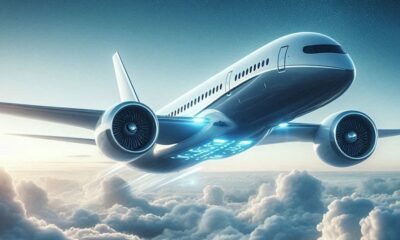
 Aviation1 month ago
Aviation1 month agoBoeing confirms 797: A New Era for Mid-Size Aircraft
-
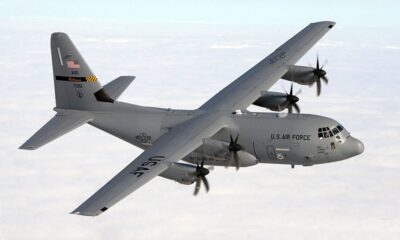
 Aviation1 month ago
Aviation1 month agoLockheed and Tata Team Up to Build C-130J MRO Facility in India
-

 Aviation3 weeks ago
Aviation3 weeks agoMicrosoft Flight Simulator Raises $3 Million to Bring Back the An-225 Mriya
-
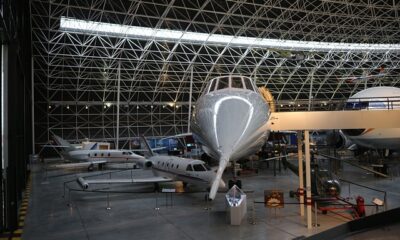
 Tech1 month ago
Tech1 month agoChina Developing Jet to Travel Anywhere in Two Hours
-
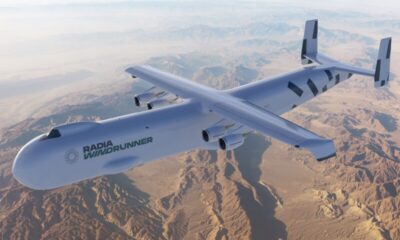
 Aviation2 months ago
Aviation2 months agoMeet WindRunner: The World’s Heaviest and Largest Aircraft Ever Built
-

 Aviation2 months ago
Aviation2 months agoComac C919 Moves Closer to Securing EU Certification with EASA
-
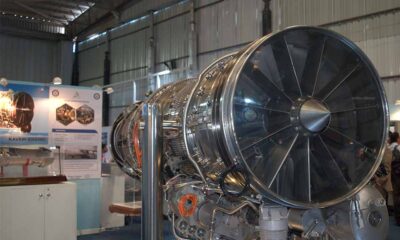
 Aviation2 months ago
Aviation2 months agoIndia Edges Closer to Indigenous Jet Power : Kaveri Engine Development
